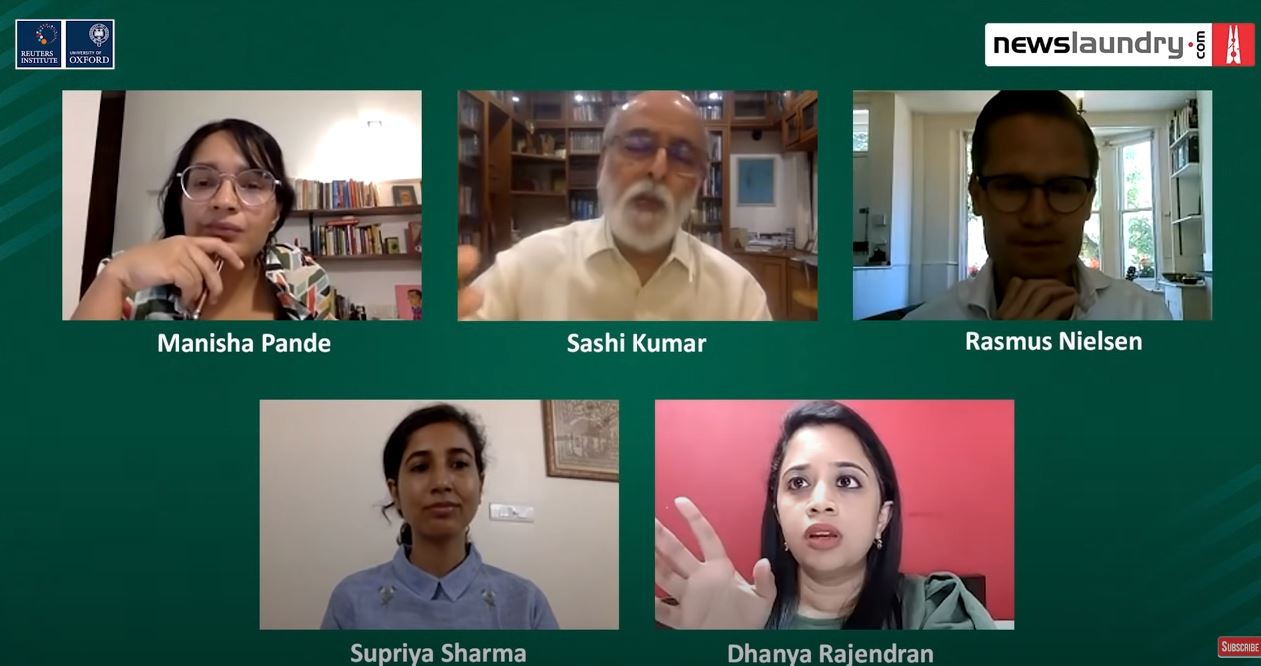Anish P
1:46
1:47
1:49
1:51
1:52
1:56
1:56
1:58
1:59
2:01
2:02
2:04
2:05
2:05
2:08
2:09
2:09
2:11
2:13
2:13
2:15
2:18
2:19
2:19
2:21
2:22
2:22
2:24
2:25
2:28
2:29
2:30
2:32
2:33
2:36
2:37
2:39
2:39
2:42
2:42
Connecting…

